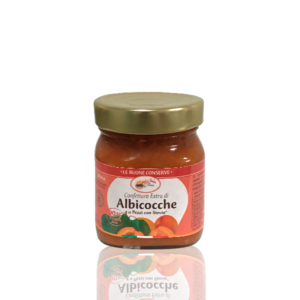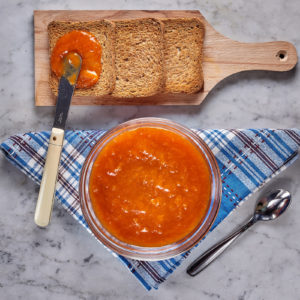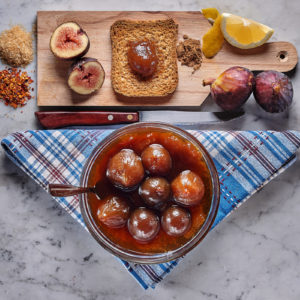Additional information
| Source area | Sorrento Peninsula - Italy |
|---|---|
| Nutritional Intake | Lemon has a good content of potassium, calcium, magnesium, iron, phosphorous, copper, manganese and silicon. The fresh fruit is rich in vitamin A, B1, B2, B3. 100 g of product contain the 70% of vitamin C daily requirement. Also rich in antioxidants like flavanoids, antyocianins and carotenoids like quercitin, tangerentina, limonene and rutin. High levels of citric acid and malic acid. |
| Period of transformation | From the first week of April to the first week of May |
| Trivia | Lemon cultivation in the South of Italy is widespread and well located in some areas of Sicily, Calabria and Campania. At the beginning of 20th century, many emigrants to North Europe came from those areas: in Switzerland they were called, in a derogative way, Zydrooneschittler, that is “lemon-shakers”. This nickname took inspiration from Goethe’s work “Italian Journey”, to mock the farmers whose main activity was the cultivation of lemon. Today, Italy is the 7th lemon producer in the world. |
| Source area | Germania |
|---|---|
| Nutritional Intake | Stevia Rebaudiana is a herbaceous plant known for centuries for its sweetening power, thanks to the presence of dipertenic glycosids like stevioside (3-10% dry weight, which gives the typical licorice taste), and rebaudioside A (1-3% dry weight)concentrated in the dried leaflets 200 times sweeter than common table sugar (stevioside, in particular, is 200 times sweeter and rebaudioside is 250 sweeter than common table sugar). On the market, steviol glycosides are usually mixed with a natural polyalcohol (erithritol), with sweetener function and neutral flavor. Stevia is a powerful anticariogenic, with very low calories and perfect for diabetics; it can resist high temperatures without degrading and assume hypoglycaemic and hypotensive features when consumed in considerable quantities. Unlike table sugar, stevia is not a refined sugar: it is obtained by the crystallization of hydroalcoholic extracts released by leaflets during the water processing. Calories indicates on the label actually derive from sugar added for shelflife necessity. A product that contains Stevia as added sweetener should expire in less than six months. |
| Period of transformation | The period of use fits the availability period of fresh fruit used for the final product. |
| Trivia | The first information concerning this plant dates back about to 1850: it was used as sweetener by indigenous people of Amazon area of South America. The name “Rebaudiana” derives from the Paraguayan chemist Rebaudi, who extracted the first sweetening agent from the plant. Stevia has been used as sweetener in Japan since the 1970’s. |
| Source area | China/ India |
|---|---|
| Nutritional Intake | Ginger is used for its flavouring, anti-inflammatory and medicinal properties. Low in calories, when it’s fresh it is full of anti-emetic substances like gingerols, and mucilage and resins good for digestion. Among nutritional elements, we just have a good concentration of vitamin C, insoluble fiber, calcium and phosphorous. Its antioxidant power is in the mix of polyphenols, flavanoids, tannins and beta-carotene, which make ginger fight free radicals and good for a daily diet. |
| Period of transformation | The fresh rhizome is available from the end of October until mid April. |
| Trivia | There are more than 100 varieties of ginger: the most common and available ginger is white ginger. Its mild spiciness is due to the presence of shagaolis, especially 6-shagaolo, whose spiciness is equal to 1/1000 of chili pepper spiciness’ active substance. |



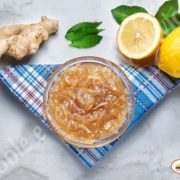

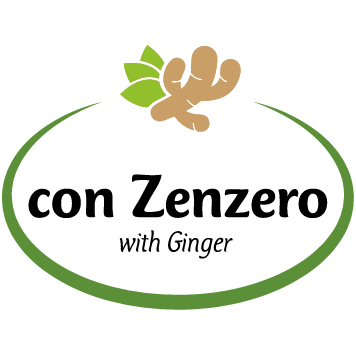
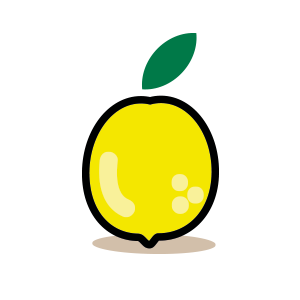 Lemon 60%
Lemon 60%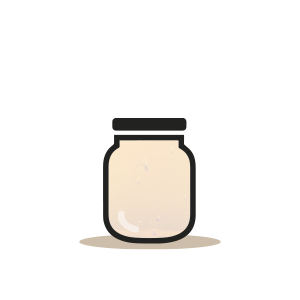 Glucos-fructos syrup
Glucos-fructos syrup Erythritol
Erythritol Steviol glycosides
Steviol glycosides Ginger powder
Ginger powder Pectin
Pectin


